Manganese Steel Spiral Blades
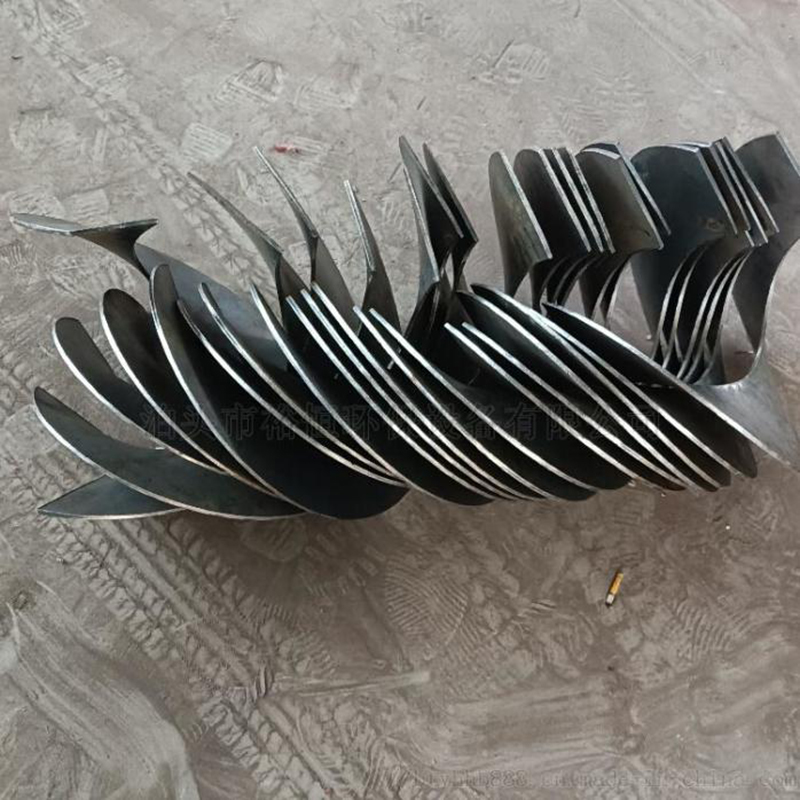
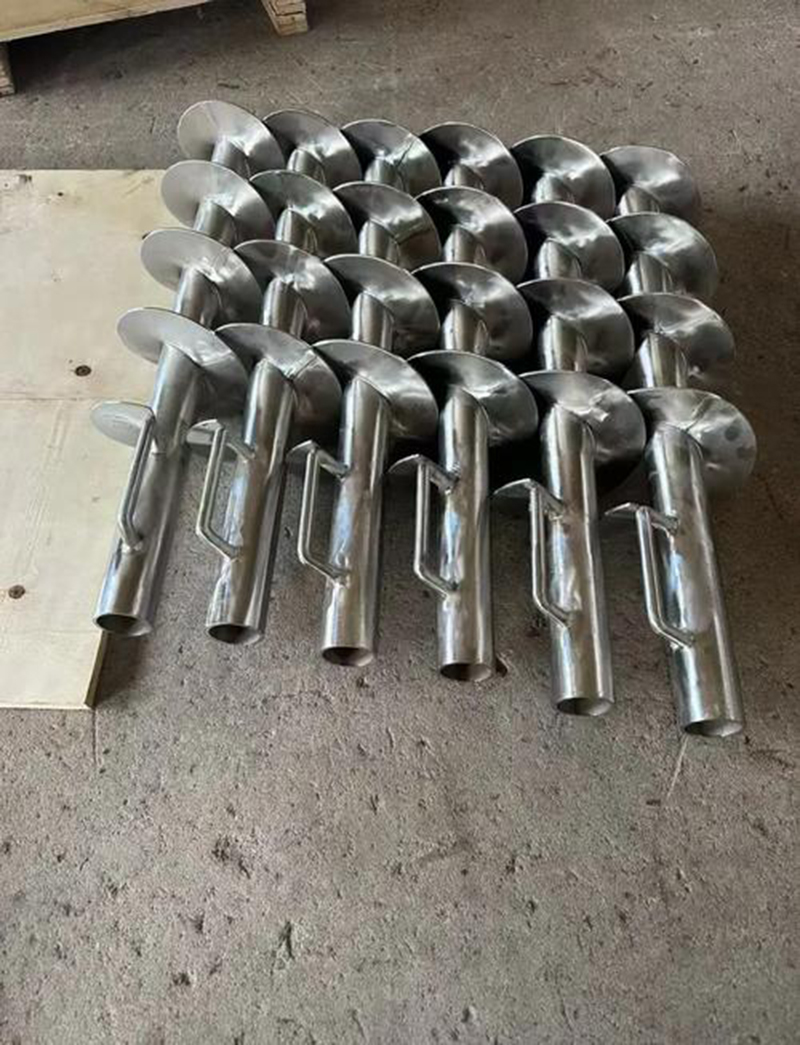
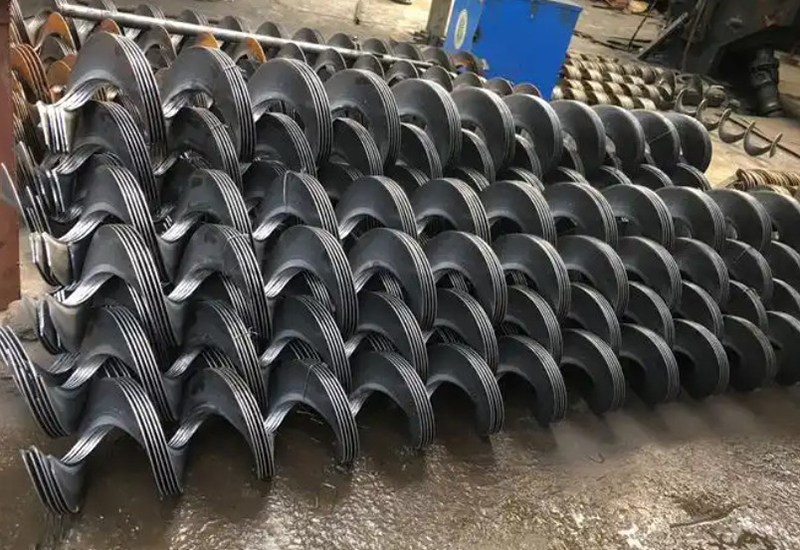
| Product name: | Manganese Steel Spiral Blades |
| Keywords: | |
| Industry: | Metallurgy and minerals - Mining industry |
| Process: | - |
| Material: |
Processing manufacturer
- There are 48 manufacturers that provide similar products
- There are 175 manufacturers that provide this processing technology
- There are 115 manufacturers that provide this material processing service
- There are 191 manufacturers that provide this industry processing service
Product details
Manganese steel spiral blades are a high-performance component widely used in conveying equipment, typically in screw conveyors, augers, and other equipment. They offer high strength, high wear resistance, and a long service life. Below is some key information about manganese steel spiral blades:
Material and Characteristics
Main Material: 16Mn (Q345) or 65Mn manganese steel is typically used. Its high manganese content provides excellent wear resistance and toughness, with wear resistance exceeding three times that of ordinary carbon steel. It is suitable for conveying abrasive materials such as ore, coal, and dry powders.
Other Materials Available: In addition to manganese steel, carbon steel Q235, stainless steel (304, 201, 316L), wear-resistant steel NM400, Weldon 400, and 2205 duplex stainless steel are also available. The specific material choice depends on the application and material characteristics.
Features: Smooth Surface: The cold rolling process creates a smooth surface on the blades, reducing material adhesion and improving conveying efficiency.
High Hardness and Wear Resistance: Manganese steels high hardness makes it suitable for conveying heavy materials, with a service life exceeding 15,000 hours.
One-step forming, no welds: Continuous cold rolling technology eliminates weld weaknesses and enhances structural strength.
Constant thickness design: Some manganese steel spiral blades utilize a constant thickness process, resulting in consistent thickness on both the inner and outer diameters (e.g., 4mm), preventing rapid wear on the outer diameter.
Manufacturing Process
Cold rolling: The mainstream production method. A spiral blade cold rolling mill adjusts parameters such as roll offset, feed height, and rolling pressure to produce blades of varying specifications. Compared to stamping, extrusion, or winding, the cold rolling process offers high production efficiency, material savings, and more consistent blade quality.
Specification Range: Outer Diameter: 20mm to 3000mm (some manufacturers offer up to 4000mm).
Inner Diameter: 12mm to 750mm.
Thickness: 1.5mm to 60mm (the thickness increases, and the width per side should decrease accordingly. For example, for a thickness of 20-25mm, the minimum width per side is 400mm).
Pitch: 20mm to 2500mm.
Screw Direction: Left-hand or right-hand, customizable upon request.
Types: Available in single-piece, uniform-thickness, continuous, shaftless, belt-type, and bladed spirals. Bladed spirals are suitable for conveying highly viscous or compressible materials and also offer stirring and mixing capabilities.
Applications
Industries: Widely used in mining, metallurgy, chemical engineering, agriculture, environmental protection, and construction pile foundation engineering, suitable for conveying granular, powdered, or sticky materials such as ore, coal, grain, feed, and dry powder.
Equipment: Commonly found in screw conveyors, augers, harvesters, excavators, and chip conveyors, they are particularly suitable for material handling under heavy or harsh conditions.
Customization and Services
Customization: Parameters such as outer diameter, inner diameter, pitch, and thickness can be customized based on customer drawings or on-site measurements. Some manufacturers offer on-site engineer evaluations and long-term supply contracts.
Price: Prices vary significantly depending on specifications, materials, and workmanship. For example, some stainless steel spiral blades on Alibaba cost between 90 and 145 yuan per meter. Please contact the manufacturer for specific pricing.
Notes
Thickness and Width Limitations: As blade thickness increases, the single-edge width must be reduced accordingly to ensure machining accuracy. For example, for blades with a thickness of 30-40mm, the minimum single-edge width must not exceed 280mm.
Selection Recommendations: Choose the material and form based on the material characteristics. For example, for conveying highly abrasive materials, manganese steel or wear-resistant steel NM400 are preferred. For corrosive materials, stainless steel 304 or 316L is recommended.
Similar products
More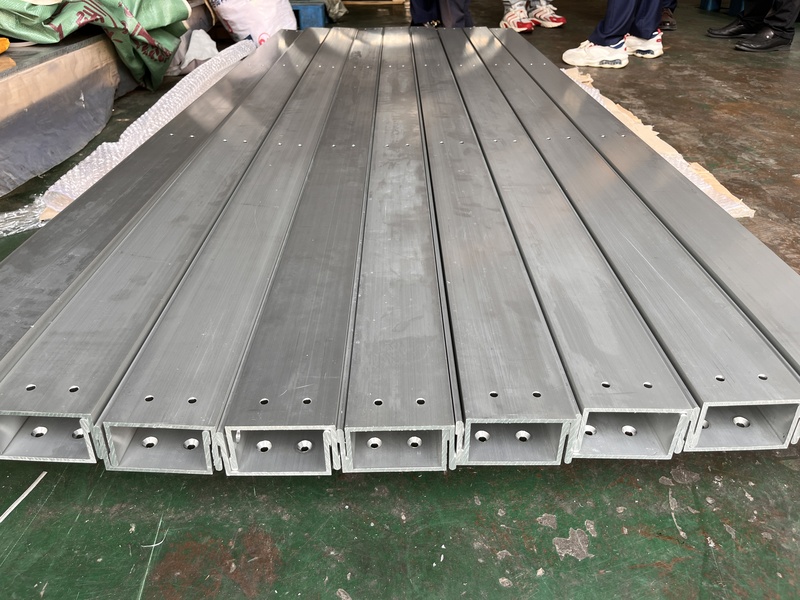
Precision Machining of U-Steel Profiles for Building Applications
- Process : Stamping - General stamping
- Material : Aluminum
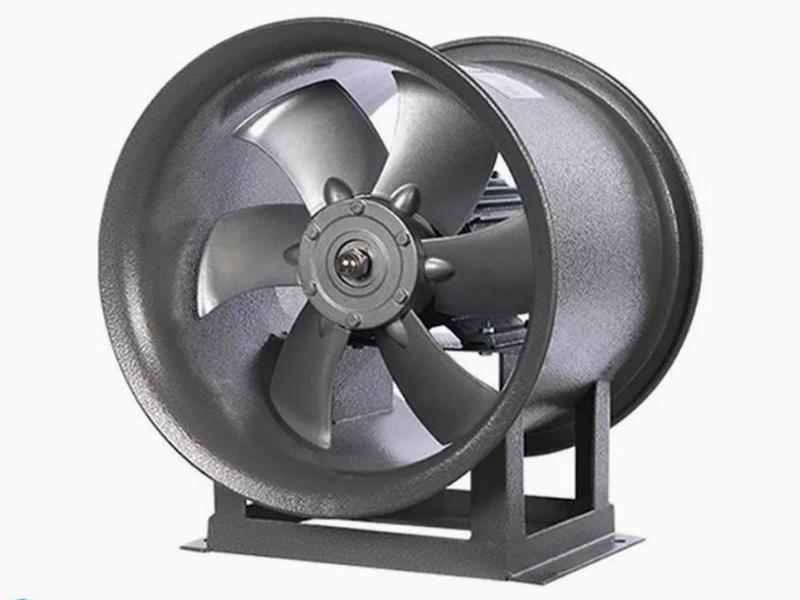
What are the machining processes used for processing axial fan housings
- Process : Sheet metal - Welding
- Material : Carbon steel
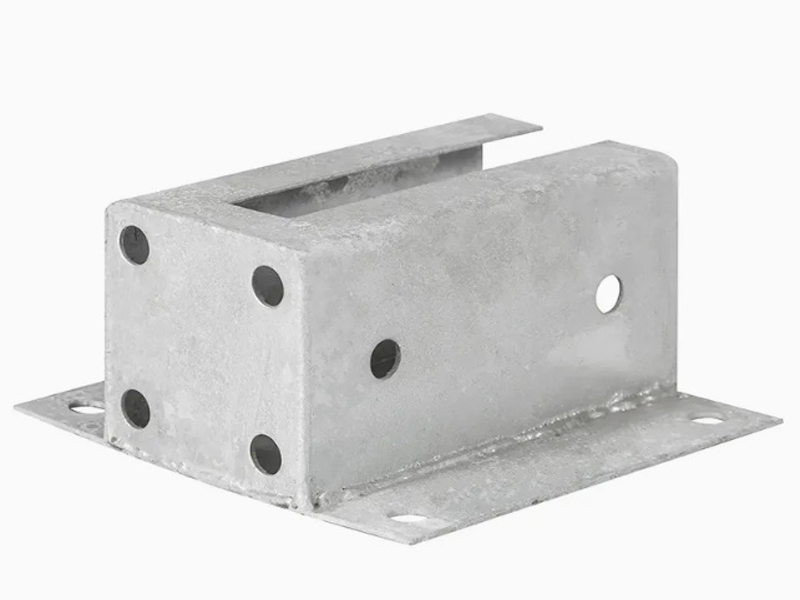
Machining Process Analysis of Carbon Steel Fixed Anchor Plates
- Process : Machining - CNC milling or milling machining
- Material : Carbon steel
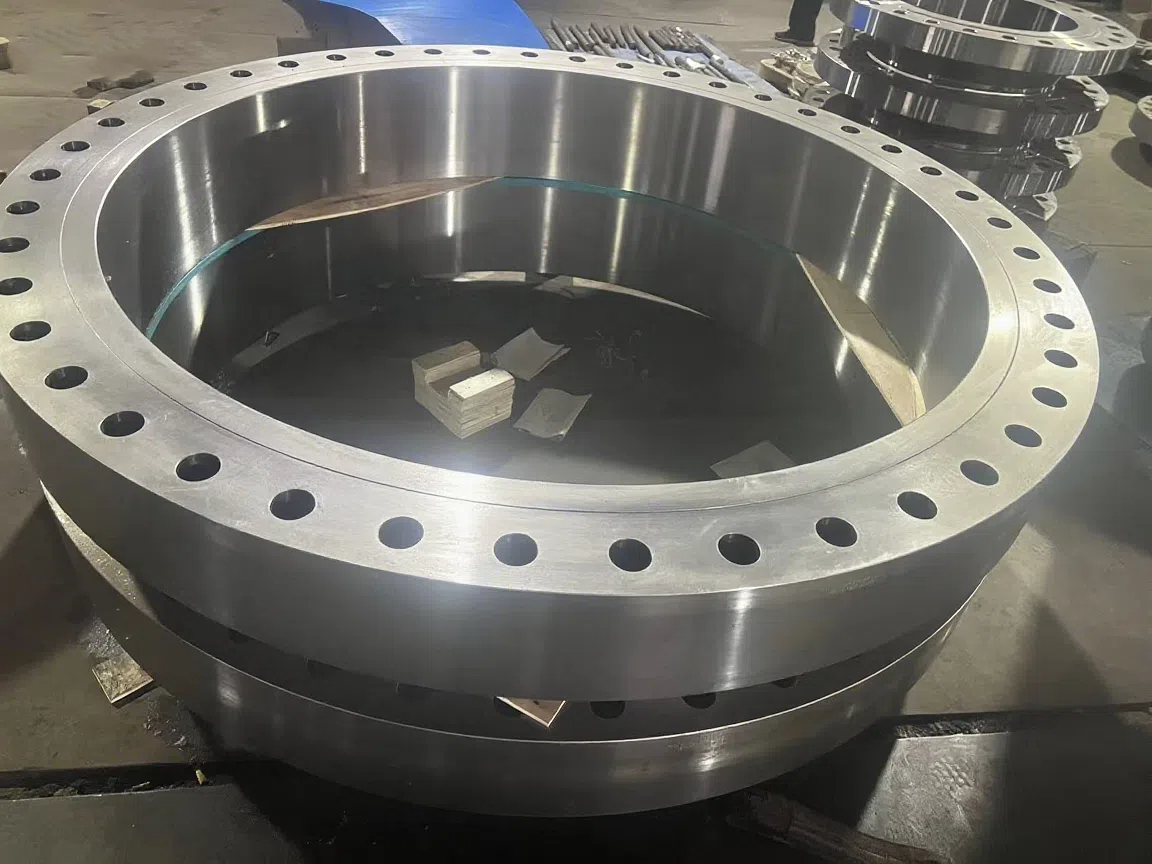
Heavy-Walled Flange Milling-Turning Machining and Flaw Detection
- Process : Machining - Turning Milling compound
- Material : Alloy steel
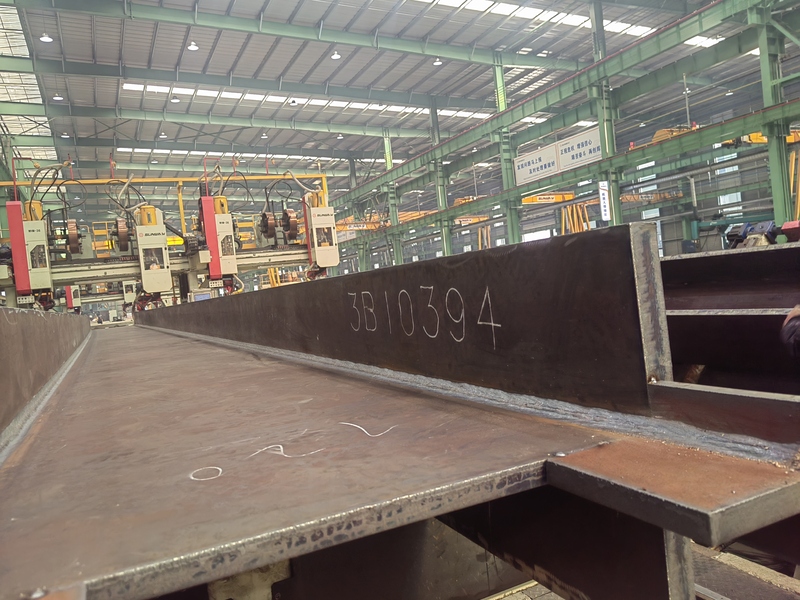
Custom Fabrication of S355JR Welded H-Beams for Construction Projects
- Process : Sheet metal - Welding
- Material : Carbon steel
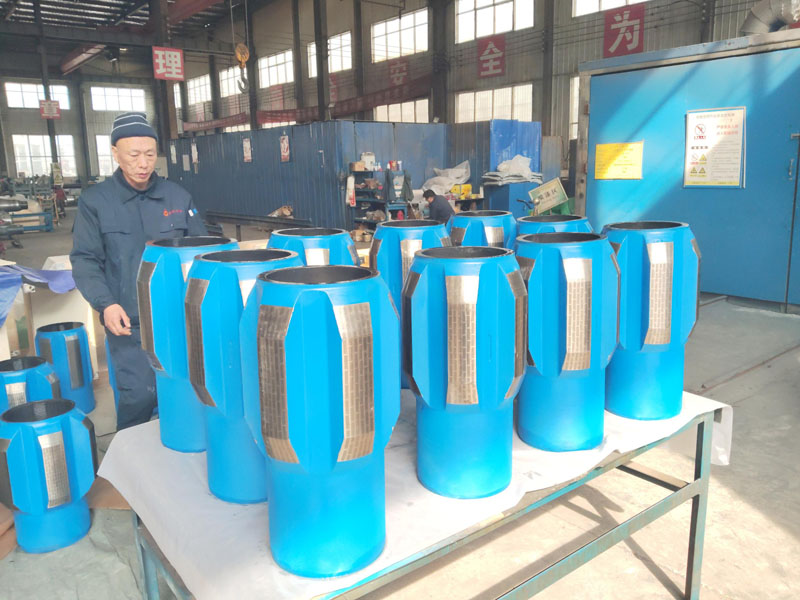
Drill Stabilizers Applied in Oil Drilling Platforms
- Process : Machining - Five-axis machining
- Material : Alloy steel
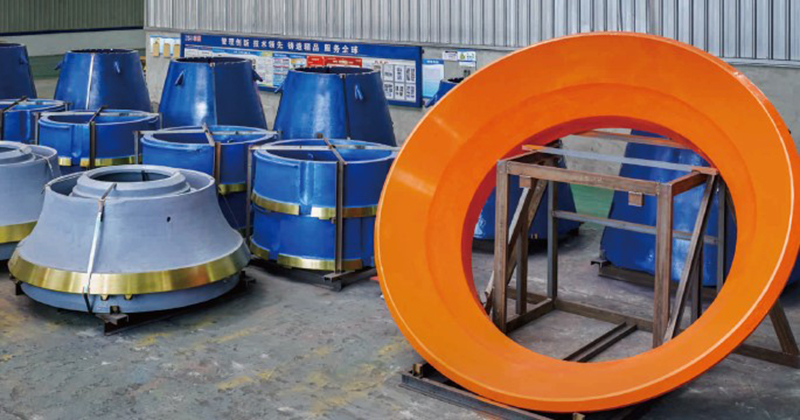
Cone Crusher Mantle
- Process : -
- Material :
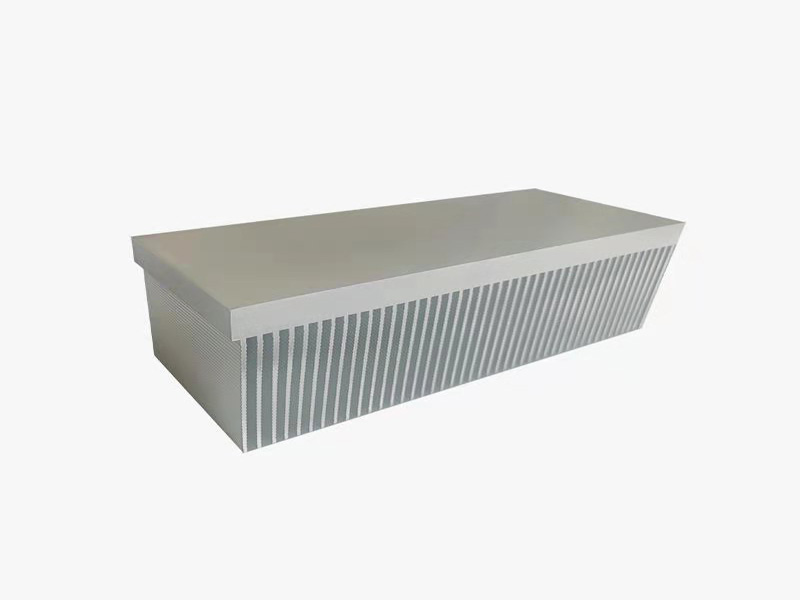
Innovative skiving technology: Breaking through the bottleneck of high-density heat dissipation technology
- Process : Surface treatment - Others
- Material : Alloy steel
More products
More
Precision Machining of U-Steel Profiles for Building Applications
- Process : Stamping - General stamping
- Material : Aluminum

What are the machining processes used for processing axial fan housings
- Process : Sheet metal - Welding
- Material : Carbon steel

Machining Process Analysis of Carbon Steel Fixed Anchor Plates
- Process : Machining - CNC milling or milling machining
- Material : Carbon steel

Heavy-Walled Flange Milling-Turning Machining and Flaw Detection
- Process : Machining - Turning Milling compound
- Material : Alloy steel

Custom Fabrication of S355JR Welded H-Beams for Construction Projects
- Process : Sheet metal - Welding
- Material : Carbon steel

Drill Stabilizers Applied in Oil Drilling Platforms
- Process : Machining - Five-axis machining
- Material : Alloy steel

Cone Crusher Mantle
- Process : -
- Material :

Innovative skiving technology: Breaking through the bottleneck of high-density heat dissipation technology
- Process : Surface treatment - Others
- Material : Alloy steel